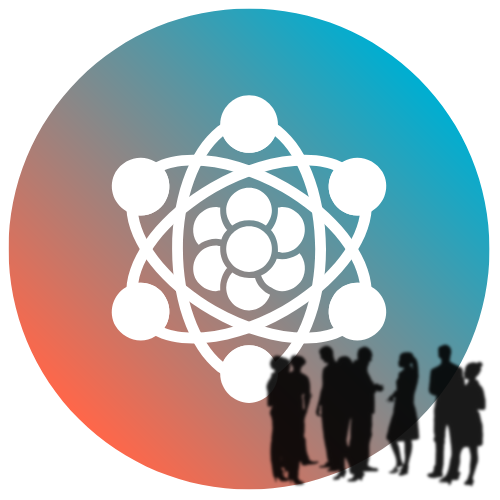The last decade turned phones into apps and conversations into data. Now the transformation is speeding up again. By 2026, business communication won’t just happen over VoIP — it will happen through systems that think, adapt, and predict. The line between voice, workflow, and intelligence is disappearing, and companies that recognize that shift early will shape the way everyone else talks.
From utility to intelligence
VoIP once solved a cost problem. Then it solved a flexibility problem. Next, it will solve a coordination problem — the one created by the explosion of tools and channels across modern work.
Most organizations now juggle a dozen touchpoints: chat, SMS, video, CRM notes, and customer portals. VoIP’s evolution into intelligent communications means those fragments start to act like one living network. A single identity follows a customer from text to call to meeting invite. The AI layer ties it all together: understanding sentiment, transcribing conversations, logging outcomes, and suggesting next steps.
By 2026, “voice” will be less about sound waves and more about data flow — an endpoint in a larger, self-organizing system of communication.
The rise of contextual voice
Imagine a sales call that automatically surfaces a client’s purchase history mid-conversation, or a service call where AI listens for frustration and instantly loops in a supervisor. That’s contextual VoIP—where calls aren’t just connected but understood.
These systems rely on language models tuned for voice analytics, emotional cues, and intent detection. Rather than measuring call time, businesses will measure conversation quality. The value shifts from throughput to insight.
This same intelligence will reshape internal collaboration. Meetings will generate searchable summaries; action items will auto-populate task boards. Communication stops being an endpoint and becomes the start of automated execution.
5G, edge computing, and latency zero
Hardware and infrastructure are catching up to the ambition. 5G’s widespread rollout, combined with edge computing, will slash latency to near imperceptible levels. Calls and video sessions will route through local micro-data centers instead of faraway cloud nodes.
For remote teams and global customers, that means real-time clarity — not the half-second pauses that still make conversations feel digital. It also means lower data-transport costs and improved reliability in regions with inconsistent connectivity.
This shift enables new categories: immersive collaboration spaces, live multilingual translation, and AI-assisted voice bots that feel instantaneous.
Regulation meets automation
As communication becomes more autonomous, regulation will chase it. Expect updates to STIR/SHAKEN standards to cover AI-generated voices and deepfake detection. Privacy laws like GDPR will extend into live analytics, defining when and how businesses can process emotion or intent data.
The compliance conversation will move from static policy documents to automated enforcement. Real-time transcription systems will flag violations instantly—say, an unauthorized disclosure or a missing consent notice—and redact or quarantine those portions before storage.
In this sense, regulation won’t just constrain innovation; it will become part of the infrastructure, baked into every packet.
Unified ecosystems over standalone tools
By 2026, separate VoIP, chat, and meeting vendors will feel dated. The future favors ecosystems that merge all three under unified identity, analytics, and AI orchestration. Think “communication operating systems” rather than single apps.
Vendors that open APIs and integrate cleanly into CRMs, ERPs, and workflow tools will dominate. Closed systems will fade under pressure from interoperability expectations. Businesses will choose platforms based on how well they feed insight into the rest of their stack, not just on call quality.
Sustainability and digital minimalism
A quieter but important trend: sustainability. Data centers are major energy consumers, and voice traffic is expanding exponentially. Providers are investing in efficient codecs, renewable-powered facilities, and optimized routing.
For businesses, the sustainability story becomes a brand advantage. Customers increasingly want to know not just how companies communicate, but what it costs the planet to stay connected. VoIP’s digital-first footprint, compared to legacy telephony’s hardware-heavy sprawl, already gives it an edge.
The new voice of business
In 2026, communication will feel less like a tool and more like an ally — aware, adaptive, almost conversational in itself. VoIP will sit at the center, quietly powering the connections that let intelligence flow between people and machines.
For companies, the challenge isn’t whether to adopt VoIP anymore. It’s whether they’ll use it as yesterday’s phone system or tomorrow’s nervous system — the network where every word, insight, and decision travels at the speed of trust.

